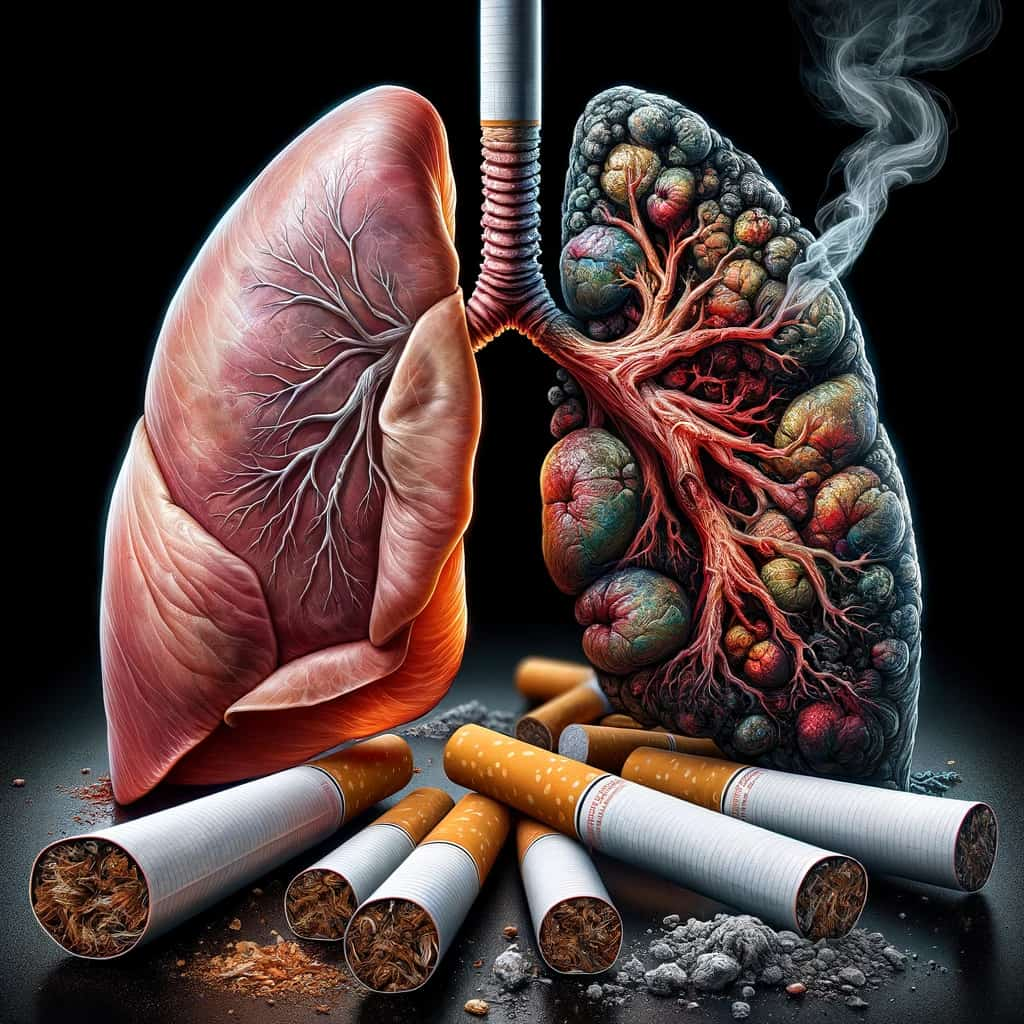Unraveling the Complex Web of Smoking and Lung Cancer
It’s a perplexing statistic: While a vast majority of smokers never develop lung cancer, smoking remains the leading cause of lung cancer deaths. Let’s delve into this paradox.
1. The Surprising Statistic: Smokers and Lung Cancer Risk
- Low Individual Risk: Despite the dangers, 80-90% of smokers don’t get lung cancer.
- Genetic Factors: Genetic predispositions play a role in who gets affected.
2. The Deadly Link: Smoking and Lung Cancer Deaths
- High Mortality Rate: 80-90% of lung cancer deaths are attributed to smoking.
- Cumulative Damage: Years of smoking lead to significant lung damage.
3. Why the Disparity? A Closer Look
- Varied Responses: Individual bodies react differently to smoking.
- Other Factors: Environmental and lifestyle factors also contribute.
4. Quitting Smoking: Reducing the Risks
- Immediate Benefits: Quitting smoking can rapidly decrease cancer risks.
- Long-Term Health: Overall health improves post-quitting.
5. Prevention and Awareness: Key to Change
- Education: Spreading awareness about the risks.
- Support Systems: Encouraging and supporting smokers to quit.
Your Voice Matters!
Have you or someone you know battled with quitting smoking? Share your journey and inspire others.
In Conclusion
The relationship between smoking and lung cancer is complex and multifaceted. Understanding this paradox is key to both preventing lung cancer and supporting those who choose to quit smoking. It’s a reminder that while not every smoker gets lung cancer, the risks are real and significant.









